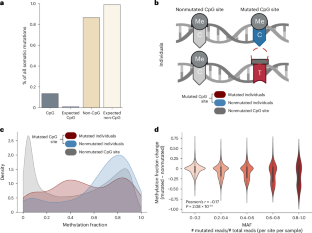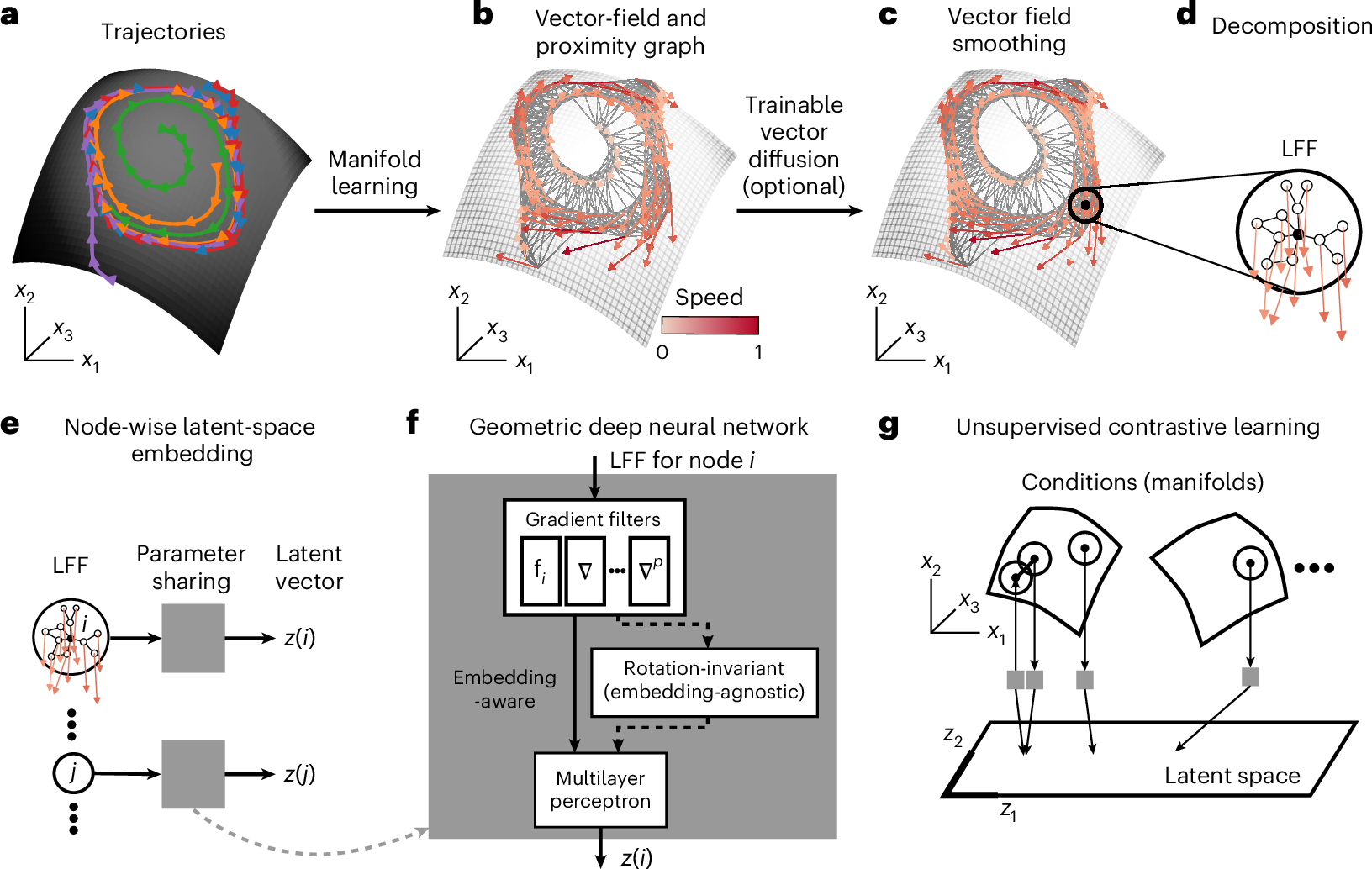2025-01-21 カリフォルニア大学サンディエゴ校 (UCSD)
<関連情報>
- https://today.ucsd.edu/story/why-our-biological-clock-ticks-research-reconciles-major-theories-of-aging
- https://www.nature.com/articles/s43587-024-00794-x
エピジェネティック老化の説明としての体細胞突然変異 Somatic mutation as an explanation for epigenetic aging
Zane Koch,Adam Li,Daniel S. Evans,Steven Cummings & Trey Ideker
Nature Aging Published:13 January 2025
DOI:https://doi.org/10.1038/s43587-024-00794-x

Abstract
DNA methylation marks have recently been used to build models known as epigenetic clocks, which predict calendar age. As methylation of cytosine promotes C-to-T mutations, we hypothesized that the methylation changes observed with age should reflect the accrual of somatic mutations, and the two should yield analogous aging estimates. In an analysis of multimodal data from 9,331 human individuals, we found that CpG mutations indeed coincide with changes in methylation, not only at the mutated site but with pervasive remodeling of the methylome out to ±10 kilobases. This one-to-many mapping allows mutation-based predictions of age that agree with epigenetic clocks, including which individuals are aging more rapidly or slowly than expected. Moreover, genomic loci where mutations accumulate with age also tend to have methylation patterns that are especially predictive of age. These results suggest a close coupling between the accumulation of sporadic somatic mutations and the widespread changes in methylation observed over the course of life.


